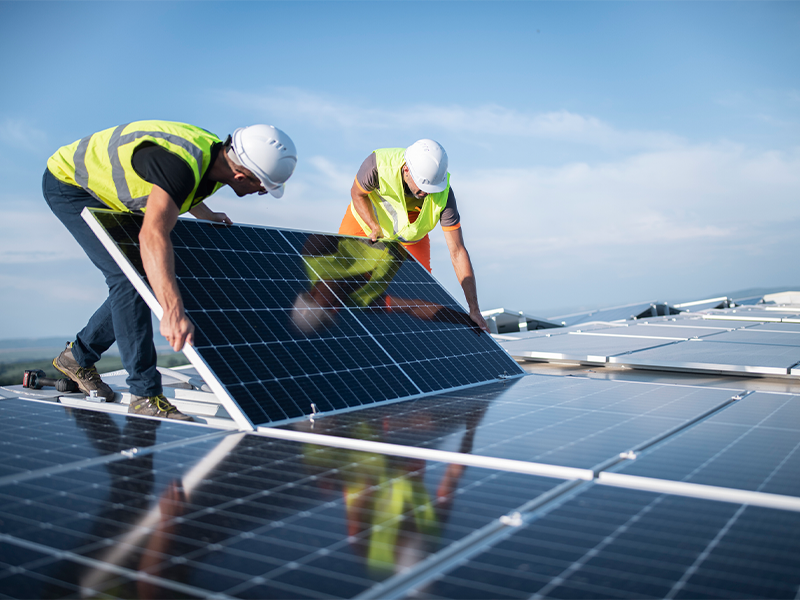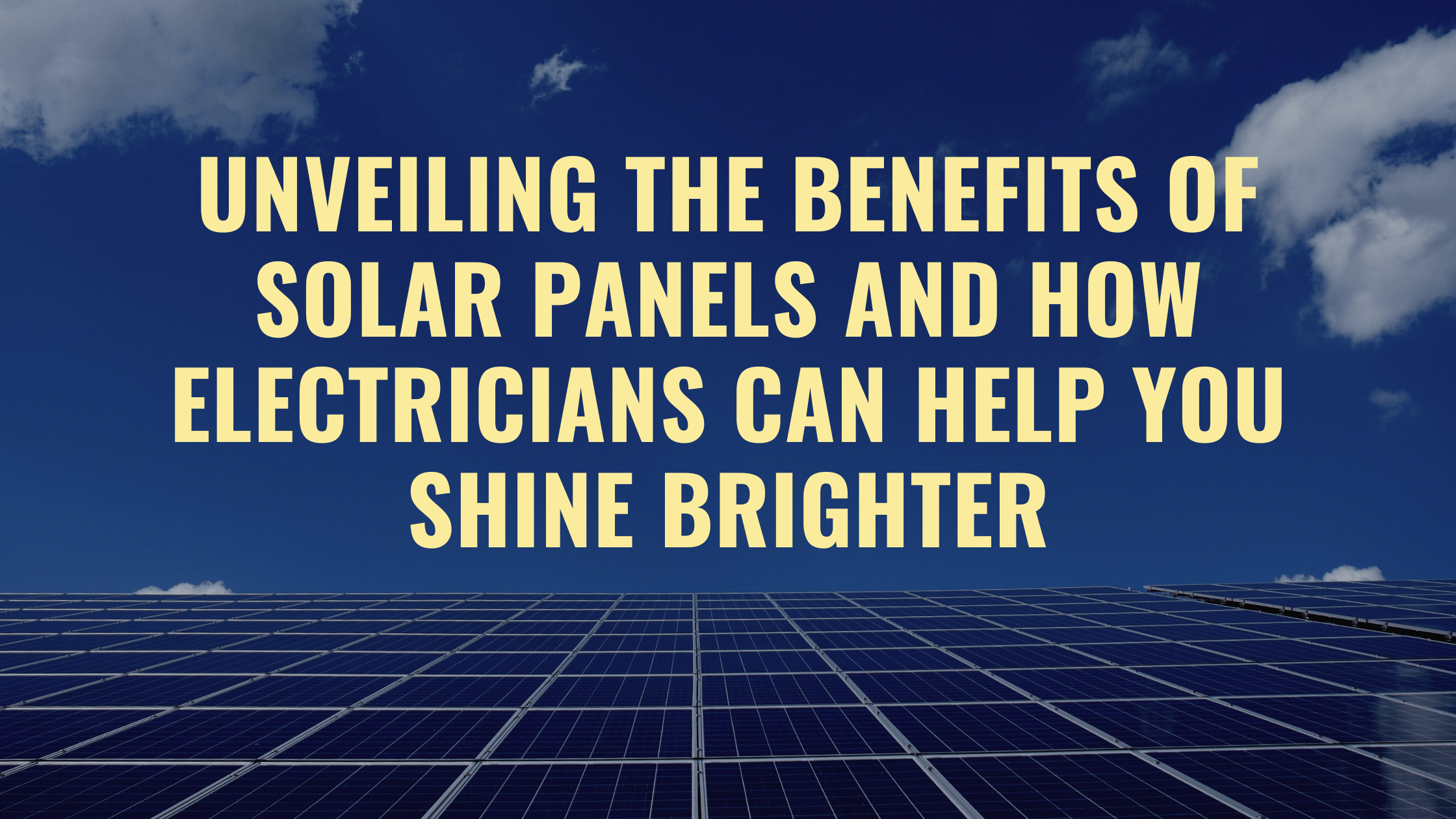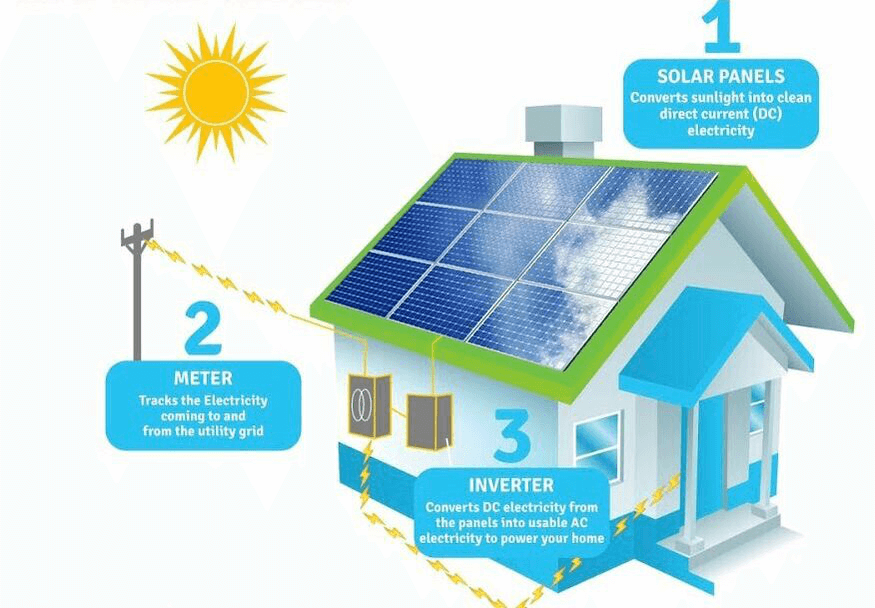Solar Energy 101: A Newbie's Overview to Sustainable Energy Solutions
As the world increasingly moves in the direction of sustainable power remedies, recognizing the fundamentals of solar energy comes to be necessary for both people and services. This overview offers an extensive summary of solar power, outlining the numerous systems offered and the devices behind their operation. By exploring the benefits of solar modern technology, together with the monetary motivations and setup procedures, one can get a clearer point of view on just how to successfully integrate this sustainable resource right into their energy method. The trip towards embracing solar energy welcomes more exam of the obstacles and factors to consider that come with it.
Comprehending Solar Energy
At its core, comprehending solar power includes comprehending the essential principles of how sunshine can be converted into useful electrical energy. Solar power is acquired from the sun's radiation, which can be harnessed with numerous innovations.

Understanding solar power likewise entails recognizing its environmental benefits. By making use of sunlight, we can reduce greenhouse gas exhausts and minimize air pollution, adding to a more sustainable future. The advancements in innovation and efficiency of planetary systems proceed to boost their feasibility, making solar power a progressively attractive option for international power requirements.
Kinds Of Solar Power Equipments
Various types of solar power systems are commonly utilized to harness solar power for power generation. The key categories consist of photovoltaic or pv (PV) systems, concentrating solar energy (CSP) systems, and solar thermal systems.
Photovoltaic systems use solar panels made up of silicon cells that transform sunshine straight right into electricity. These systems are versatile and can be installed on roofs, ground installs, or incorporated right into structure materials.
Focusing Solar Power systems, on the other hand, utilize mirrors or lenses to concentrate sunlight onto a small location, generating heat that drives a steam wind turbine to create electrical energy - Simply Solar Illinois. CSP systems are generally deployed in large-scale power plants and require straight sunshine, making them less ideal for gloomy regions

Each type of solar power system has its one-of-a-kind qualities, applications, and viability relying on geographic location, energy requirements, and budget plan, making it vital to assess choices based upon certain situations. - Simply Solar Illinois

Advantages of Solar Energy
Taking advantage of solar power with different systems not only gives a lasting way to generate electrical energy yet likewise offers a multitude of benefits. One of the most considerable advantages is the reduction in greenhouse gas emissions, adding to a cleaner environment and combating climate change. Solar power is renewable, indicating it is limitless and readily available as long as the sun radiates, unlike nonrenewable fuel sources, which are finite and depleting.
In addition, solar power can lead have a peek at this site to significant expense savings gradually. Homeowners and companies can reduce their electrical energy costs considerably, and in visit this site right here several situations, they might gain credit reports for excess energy produced with net metering. Furthermore, the solar market produces jobs, from producing to installment, boosting neighborhood economic climates.
An additional compelling advantage is power self-reliance. By creating their own electrical energy, individuals and neighborhoods can decrease dependence on exterior energy sources, improving strength against rising and fall energy costs and supply disruptions. Solar power systems call for minimal upkeep, making them a hassle-free option for sustainable power generation.
Installment Process Summary
The installment procedure for solar power systems commonly involves several crucial actions that ensure effective combination right into a residential or commercial property. A comprehensive site assessment is carried out to assess the roofing's positioning, shielding, and architectural stability, which are important to maximizing solar panel efficiency. Following this analysis, the style stage begins, where a tailored solar energy system is configured based on the property owner's energy needs and preferences.
Once the layout is wrapped up, the essential authorizations and approvals are obtained from local authorities, ensuring conformity with laws. The real setup includes mounting the photovoltaic panels on the roof covering or ground, attaching them to an inverter, and incorporating the system with the building's electric configuration. This phase might also entail mounting battery storage systems, depending on the layout.
After installment, a detailed assessment is carried out to verify the system's capability and security. Finally, the system is appointed, and house owners are educated on its procedure and maintenance. With the installation total, the solar energy system can start producing renewable resource, adding to sustainability and lowering utility prices. This organized method guarantees that planetary systems are both effective and reputable, maximizing their long-lasting advantages.
Financial Incentives and Financial Savings
Checking out the monetary rewards and cost savings connected with solar power systems can substantially improve the charm of making the switch to sustainable energy. One of the most noteworthy incentives is the federal solar tax obligation credit rating, which allows homeowners to subtract a percent of their solar system installment expenses from their federal taxes.
Along with tax obligation credit reports, lots of states use refunds that can even more lower ahead of time expenditures. Some energy companies also provide performance-based motivations, fulfilling solar power production over time. Financing options, such as solar loans and leases, permit customers to set up systems with little to no deposit, making solar power a lot more easily accessible.

Additionally, solar systems can enhance home values, offering a solid return on investment. Overall, the combination of incentives and financial savings makes solar power a financially appealing option for lots of families.
Final Thought
To conclude, solar energy represents a crucial element of sustainable energy solutions, providing a path towards minimized carbon impacts and improved environmental management. The varied kinds of solar power systems, coupled with substantial economic rewards, look at here help with broader fostering amongst individuals and communities. Understanding the installation processes and advantages connected with solar energy empowers stakeholders to make informed choices. Eventually, the shift to solar energy not only cultivates environmental responsibility however also advertises economic savings and power independence.
 Alicia Silverstone Then & Now!
Alicia Silverstone Then & Now! Amanda Bearse Then & Now!
Amanda Bearse Then & Now! Sydney Simpson Then & Now!
Sydney Simpson Then & Now! Nancy Kerrigan Then & Now!
Nancy Kerrigan Then & Now! Batista Then & Now!
Batista Then & Now!